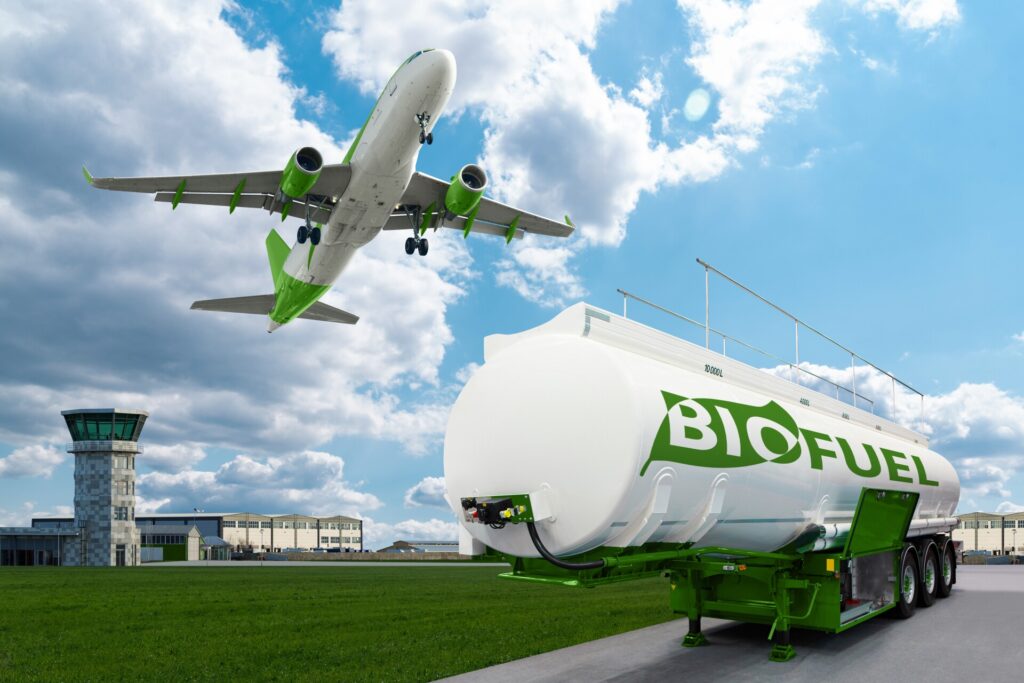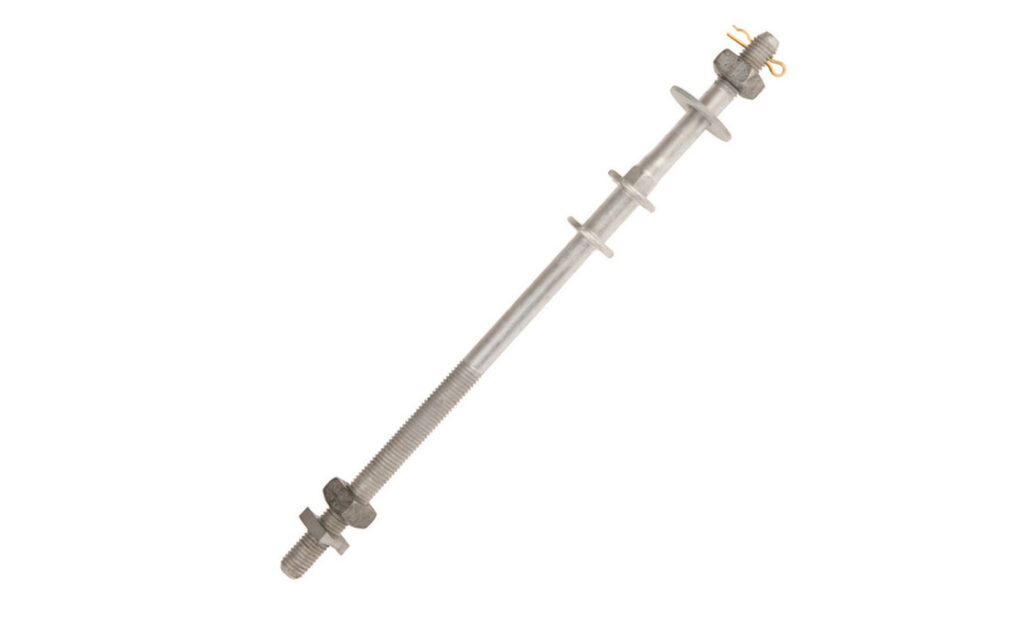
LanzaJet and BioD are collaborating to investigate Colombia’s first SAF (sustainable aviation fuel) plant, providing feedstock availability and technological expertise. The factory would use ATJ to convert ethanol into drop-in SAF and renewable diesel. A domestic SAF facility might lessen the country’s reliance on imported goods and its carbon footprint. ATJ technology is compatible with a variety of ethanol types, including sugarcane, corn, and cellulosic ethanol. The LanzaJet model serves as a framework for Colombia’s progressive expansion. The feasibility report will explain the required investment, appropriate scale, supply chain route maps, policy requirements, and timeframe estimates. The feasibility study marks a watershed moment in Colombia’s energy and climate strategy. Harnessing local ethanol supply chains and proven ATJ technology could substantially cut aviation emissions. Double arming bolts play a crucial role in structural and mechanical assembly in high-stress infrastructure.
SAF facilities require heavy-duty steel frameworks for distillation columns, bioreactors, and storage tanks. A double arming bolt could be used for flange connections in pipe systems and beam-to-column couplings in plant building to provide stiffness under dynamic stresses. SAF manufacturing uses high-pressure pipelines. Bolts may be used to fix pipe flanges and reinforce heat exchanger or reactor vessel connections. Double arming bolts can tie equipment to foundations and absorb mechanical stress, preventing fatigue failures. Bolts may be used in overhead power lines to secure transformer busbars or tower crossarms. Double arming bolts are critical to the safety, durability, and efficiency of a SAF plant’s infrastructure. They are critical in structural connections, high-pressure systems, and equipment stability, meeting the technical requirements of biofuel production.
SAF plant development using double-arming bolts.
Double-arming bolts are heavy-duty fasteners found in electrical utility poles, transmission lines, and industrial facilities. They are intended to support crossarms on both sides of a pole, distributing mechanical load and electrical equipment weight. SAF plants specialize on biofuel production, which necessitates extensive infrastructure such as electrical transmission and distribution systems, high-voltage power lines, and support structures for process equipment. The plant has complicated engineering, construction, and operational systems. Double arming bolts are critical in maintaining structural integrity, safety, and operational continuity. The following are the responsibilities of double-arming bolts in SAF plant development.

- Electrical infrastructure stability—SAF plants consume power for distillation, hydroprocessing, and compression. Double-arming bolts stabilize crossarms that carry transformers, insulators, and power conductors.
- Structural load distribution—SAF plants use steel or concrete poles to support process piping and safety systems. Double arming bolts allow for balanced attachment on both sides and ensure poles can handle wind loads.
- Structural load distribution—the plants use steel or concrete poles to support process piping and safety instrumentation systems. Double arming bolts enhance the durability and redundancy of plant-wide power systems.
Potential technology for SAF plant production in Colombia.
Colombia’s SAF sector is gaining traction, with the LanzaJet and BioD cooperation looking into the first SAF plant. The technologies employed should meet both local conditions and global best practices. Sustainable technology can transform Colombia into a regional hub for sustainable aviation fuels, boosting green jobs, energy security, and climate resilience. The potential technologies aiding SAF plant development in Colombia include the following.

- Alcohol-to-jet (ATJ) technology—this converts ethanol from biofuels like sugarcane, cassava, or cellulose into jet fuel. LanzaJet is a global leader in ATJ, which is the core technology under consideration.
- Hydroprocessed esters and fatty acids—this converts used cooking oil, animal fats, and vegetable oils into drop-in SAF. This technology offers mature technology, lower CAPEX than ATJ, and immediate impact on aviation GHG reduction.
- Fischer-Tropsch (FT) synthesis—this converts syngas (from gasified biomass or waste) into synthetic fuel. It taps into forestry or agricultural waste and municipal solid waste from large cities.
- Power-to-liquids/E-fuels—this uses renewable electricity to produce hydrogen, which combines with captured carbon to make SAF. Colombia has abundant hydropower and rising solar and wind investments. This is crucial for long-term decarbonization and export-ready green fuels.
- Hydrothermal liquefaction and pyrolysis—this converts wet biomass or dry feedstocks into bio-oil later upgraded to SAF. It could serve in coffee-growing regions and agro-industrial zones. Modular systems allow off-grid SAF production for smaller regions.
